Leather and footwear industry to innovate for global competitiveness
This message was conveyed at the 41st International Footwear Conference (CIFA 41) on July 9 in Ho Chi Minh City.
The demand for eco-conscious production is pressing for the leather and footwear sectors, as they rank as the second highest polluting industries globally and contribute the most carbon emissions during production.
Nguyen Duc Thuan, chairman of both the Vietnam Leather, Footwear and Handbag Association (LEFASO) and major Vietnamese footwear and handbag company TBS Group, underscored this point at CIFA 41. "The path forward for Vietnamese footwear producers lies in automation, AI, and a commitment to green growth,” he said.
This push for sustainability coincides with stricter regulations from key import markets like the EU. In March, the EU, one of Vietnam's major buyers of leather, footwear, and handbags, introduced new requirements such as eco-designs and supply chain traceability and transparency. Additionally, from 2026, the bloc will establish the Carbon Border Adjustment Mechanism, imposing costs on imports to encourage emission reductions and cleaner production technologies.
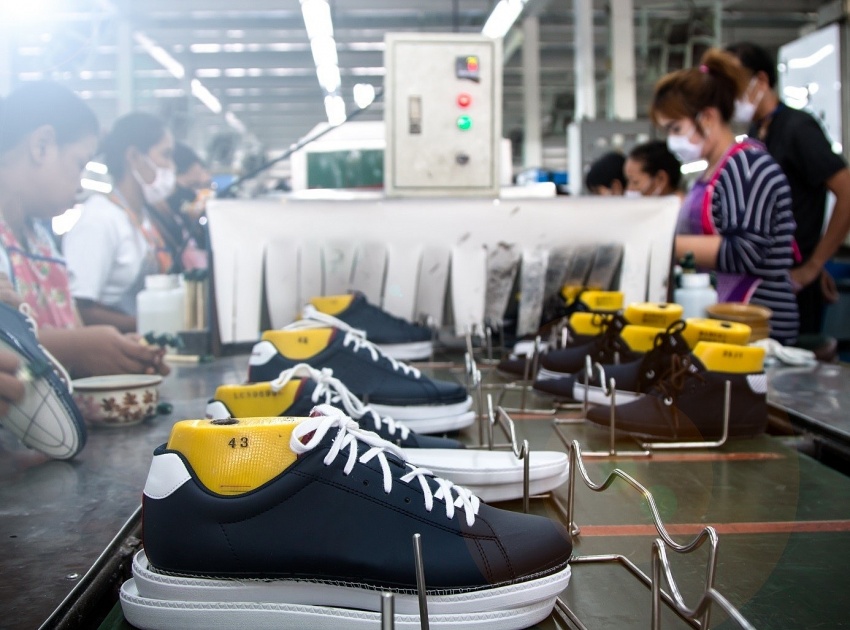
To meet these evolving demands, Vietnam must rapidly enhance supply chain transparency, adopting circular economy practices throughout the production chain.
"Sourcing raw materials that meet these new social and environmental standards while maintaining efficiency is a major challenge for footwear companies," Nguyen Quang Vu, chairman of the Binh Duong Leather and Footwear Association, told Binh Duong News.
The local media also noted that currently, Vietnam relies heavily on imported raw materials from China, South Korea, and ASEAN nations. To ensure traceability of quality and origin factors, the industry requires a standardised and transparent domestic supply market to foster growth, particularly for small- and medium-sized enterprises.
| The path forward for Vietnamese footwear producers lies in automation, AI, and a commitment to green growth. |
Digital transformation also plays a crucial role. Implementing digital management systems will enhance operational efficiency and ensure product traceability, a key requirement for compliance with new regulations. Collaboration between Vietnamese footwear producers is equally important to navigate the evolving regulatory landscape.
Thuan emphasised the need for bold adaptation across the industry. "From design and materials to technology investment and distribution methods, Vietnamese footwear must evolve to meet changing consumer preferences," he said.
TBS Group exemplified this commitment with its newly established handbag research and development (R&D) centre and proposed materials trading centre.
Despite challenges, Vietnam boasts a strong foundation. LEFASO statistics revealed Vietnam's position as the world's third-largest footwear producer (behind China and India) with a 1.3 billion-pair annual output and 5.4 per cent market share. As the second-largest footwear exporter globally (after China) with 1.2 billion pairs exported annually and a 7.3 per cent market share, Vietnam is well-positioned for continued success.
The Vietnamese government and the Ministry of Industry and Trade project a total export turnover of $38-40 billion for footwear and handbags by 2030. By 2035, the industry aspires to achieve sustainable and efficient development based on the circular economy model. This ambitious vision included completing the domestic production value chain, actively participating in the global value chain, and fostering the development of regional and global Vietnamese brands.
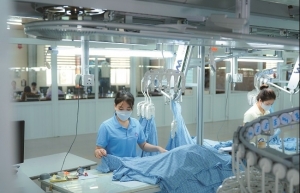 | Leather industry faces challenges to maintain growth The Vietnam Leather, Footwear and Handbag Association (Lefaso) expects to face many challenges this year in its efforts to maintain growth in the industry, according to the company's chairman, Nguyen Duc Thuan. This is despite the sector overcoming many difficulties to achieve impressive export turnover in 2022. |
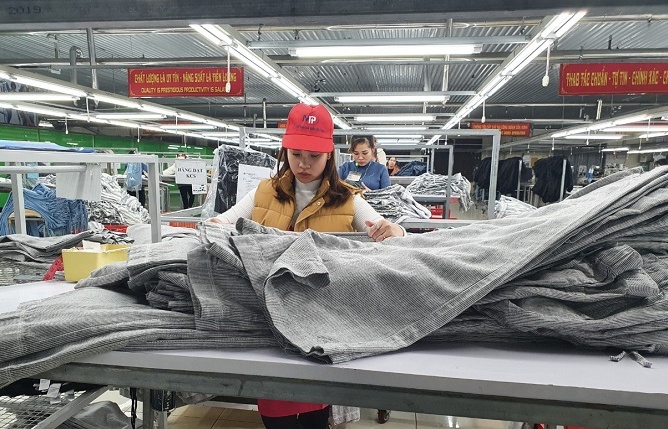 | Textiles and footwear industries face challenges Vietnamese textile and footwear businesses that participate in the supply chain are facing a slew of new possibilities and difficulties, according to industry insiders. |
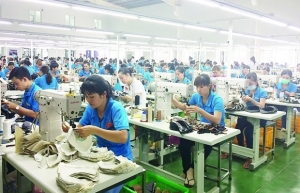 | Footwear sector further penetrates global supply chain Vietnam’s footwear sector is now beginning to see positive signs after export revenue for footwear and handbags fell 11 percent year-on-year to 19.5 billion USD in 2020, making it one of the sectors hardest hit by COVID-19. |
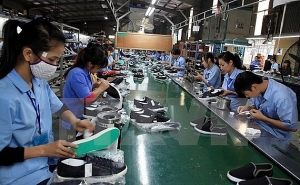 | Vietnamese leather and footwear sector yearns for EVFTA incentives Businesses in the leather and footwear industry are awaiting the forthcoming ratification of the EU-Vietnam Free Trade Agreement to cash in on the enormous tax incentives coming with the landmark deal. |
What the stars mean:
★ Poor ★ ★ Promising ★★★ Good ★★★★ Very good ★★★★★ Exceptional
Related Contents
Latest News
More News
- CME Solar strengthens position in Vietnamese renewables (December 30, 2025 | 11:21)
- Self-care signals shift towards sustainable healthcare (December 30, 2025 | 10:12)
- GreenYellow marks five years of clean energy growth in Vietnam (December 26, 2025 | 15:51)
- TCP Group partner with VNUS to launch water conservation project (December 25, 2025 | 14:00)
- Heavy industries set for pilot greenhouse gas quotas (December 25, 2025 | 10:00)
- Swedfund invests in MSME growth and climate action in Vietnam (December 19, 2025 | 11:42)
- GreenYellow brings solar energy to light up remote schools in Tuyen Quang province (December 19, 2025 | 08:00)
- Charge+, Grab partner to develop EV charging network in Vietnam (December 18, 2025 | 17:11)
- Linking sci-tech and innovation to Vietnam’s net-zero future (December 18, 2025 | 14:31)
- Driving double-digit growth through green and circular transformation in Vietnam (December 17, 2025 | 09:00)

 Tag:
Tag:



















 Mobile Version
Mobile Version